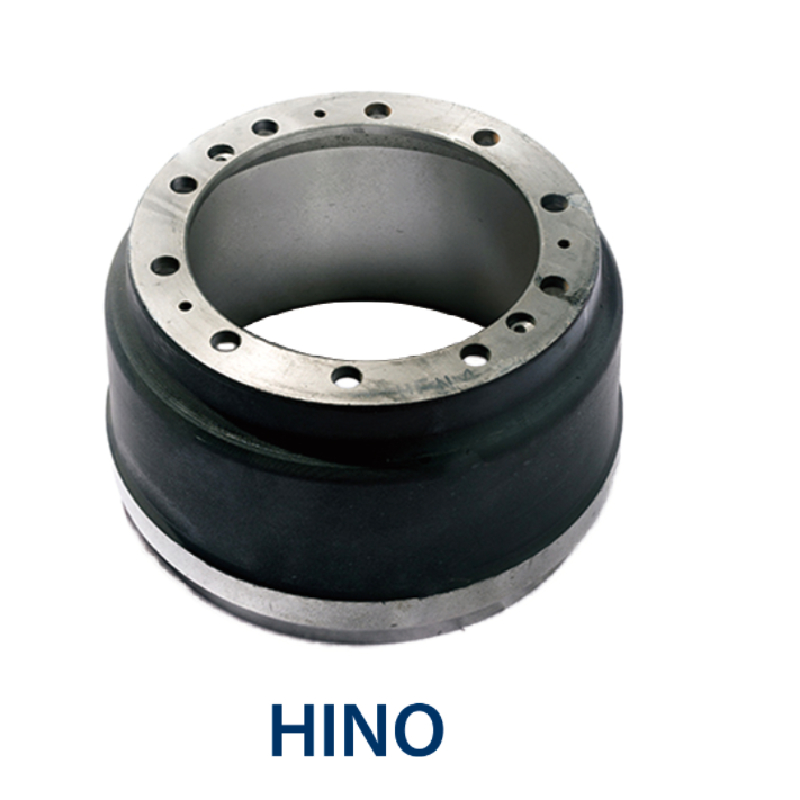Desemba . 05, 2024 16:15 Back to list
Converting Brake Drums to Disc Brakes for Enhanced Vehicle Performance and Safety
Converting Brake Drum Systems to Disc Brake Systems A Comprehensive Guide
The conversion from brake drum to disc brake systems has become a prevalent trend in the automotive industry, especially for those looking to enhance the performance and safety of their vehicles. Disc brakes offer numerous advantages over drum brakes, making them a popular choice for both performance enthusiasts and everyday drivers. This article outlines the key benefits of such a conversion, the considerations to keep in mind, and a step-by-step guide on how to undertake this modification.
Advantages of Disc Brakes
1. Improved Performance Disc brakes typically provide better stopping power than drum brakes. This is particularly noticeable in high-performance vehicles or during heavy braking situations. The exposed design of disc brakes allows for better heat dissipation, reducing the risk of brake fade that can affect drum systems.
2. Enhanced Safety The ability of disc brakes to deliver consistent stopping power under varying conditions is essential for safety. For example, in wet conditions, disc brakes are less likely to suffer from reduced effectiveness, as water can easily run off the surface.
3. Reduced Maintenance Disc brakes generally require less maintenance than drum brakes. This is primarily due to their simpler design, which allows for easier inspection and replacement of components. In most cases, owners will find that brake pad replacement is more straightforward than dealing with drum adjustments.
4. Aesthetic Appeal For car enthusiasts, the visual aspect of a vehicle plays a significant role. Disc brakes often look sleeker compared to traditional drum brakes, providing a more modern look under the wheel.
Considerations for Conversion
Before embarking on a brake conversion, there are several factors to consider
1. Compatibility Ensure that the vehicle is compatible with a disc brake conversion kit. Some models are easily adapted to accommodate disc brakes, while others may require extensive modifications.
2. Cost Converting from drum to disc brakes can be costly. Be sure to budget for not just the parts, but also labor costs if you're not undertaking the conversion yourself.
3. Brake Proportioning Changing the braking system may require adjustments to the brake proportioning valve or the installation of a new one. This is essential to ensure that the front and rear brakes work harmoniously together.
brake drum to disc conversion

4. Legal Implications Depending on your location, changing your vehicle's braking system may have legal implications regarding safety and inspections. It's essential to check local regulations before the conversion.
Step-by-Step Guide to Conversion
1. Gather Necessary Tools and Parts Before starting, gather all the necessary tools such as wrenches, sockets, screwdrivers, and a jack, along with a complete brake disc conversion kit designed for your vehicle make and model.
2. Remove the Wheels Elevate the vehicle using a jack and securely support it with jack stands. Remove the wheels to gain access to the braking components.
3. Remove Existing Drum Brakes Disconnect the brake lines and remove the drum brake assemblies by unbolting them from the axle. It may be necessary to disconnect the parking brake cable as well.
4. Install Disc Brake Assemblies Following the instructions provided with the conversion kit, install the new disc brake assemblies. This typically involves mounting a caliper bracket to the axle and attaching the caliper and rotor.
5. Adjust Brake Proportioning Depending on the extent of the conversion and vehicle specifications, you may need to install or adjust the brake proportioning valve.
6. Bleed the Brakes With all components installed, you need to bleed the brake system to remove any air from the lines. This is crucial for ensuring proper brake function.
7. Reinstall Wheels and Test Drive After confirming that everything is securely installed, put the wheels back on, lower the vehicle, and perform a test drive in a safe area to ensure that the conversion has been successful.
Conclusion
Converting from brake drum to disc brake systems is a worthwhile investment for many vehicle owners, delivering improved performance, safety, and maintenance ease. With careful planning and execution, this conversion can enhance your vehicle's overall driving experience, making it more enjoyable and reliable. Whether you decide to complete the conversion yourself or seek professional help, understanding the process and benefits will ensure you make an informed decision.
-
Premium Brake Drum Iveco – Durable Drum Brake Drum & Brake Shoe Solutions
NewsJul.08,2025
-
High-Performance Brake Drum Liza for Enhanced Safety Reliable Drum Brake Drum & Brake Shoe Solutions
NewsJul.08,2025
-
High-Quality Brake Drum MAZ – Durable Drum Brake Drum & Brake Drum and Brake Shoe for Optimal Performance
NewsJul.07,2025
-
High-Quality Brake Drum Kamaz for Reliable Performance Durable Drum Brake Drum & Brake Shoes
NewsJul.07,2025
-
High-Quality Brake Drum Kamaz for Reliable Performance Durable Drum Brake Drum & Brake Shoe Replacement
NewsJul.07,2025
-
Brake Drum Man - High-Quality Drum Brake Drum & Brake Drum and Brake Shoe Solutions
NewsJul.06,2025
